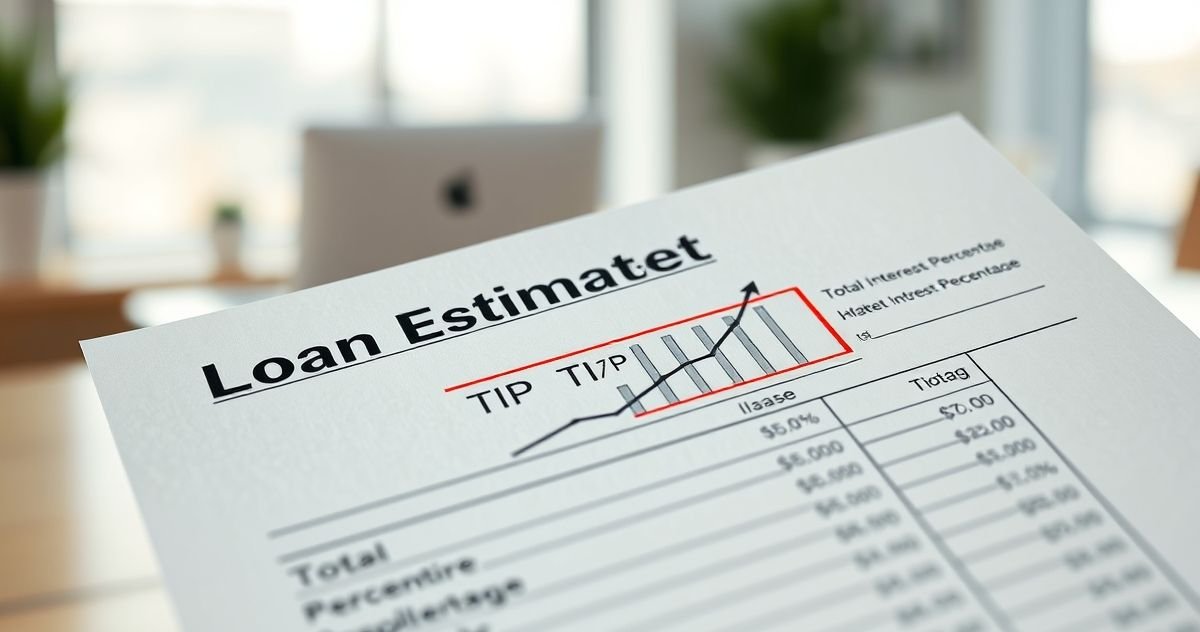The Total Interest Percentage (TIP) is a key figure on your mortgage Loan Estimate and Closing Disclosure documents that shows the cumulative interest you’ll pay over the life of your loan, expressed as a percentage of the amount borrowed. Introduced under the TILA-RESPA Integrated Disclosure (TRID) rules by the Consumer Financial Protection Bureau (CFPB) in 2015, the TIP is intended to give borrowers a transparent view of the long-term interest cost, distinct from the interest rate or Annual Percentage Rate (APR).
How TIP Is Calculated
TIP equals the total interest paid over the entire loan term divided by the original loan amount, multiplied by 100. For instance, with a $300,000 mortgage over 30 years at a fixed 6.5% rate, total payments might be roughly $682,560. Subtracting the principal ($300,000) leaves $382,560 in interest. Dividing $382,560 by $300,000 yields about 1.275, or a 127.5% TIP. This means you pay back your loan plus an additional 127.5% of the original loan amount in interest.
TIP vs. APR: Understanding the Difference
Many confuse TIP with APR. The TIP reflects the total interest paid over the life of the loan only, excluding fees, while the APR is an annualized rate reflecting the yearly cost of borrowing, including some lender fees. Think of APR as your yearly cost (like miles per hour), and TIP as the total cost over time (like total miles traveled). For a deeper dive, see our APR (Annual Percentage Rate) article.
Why TIP Matters When Comparing Loans
TIP helps you compare different loan terms by showing the total interest burden over time. Longer terms generally lead to higher TIPs due to accumulating interest. For example, a 30-year mortgage typically has a much higher TIP than a 15-year loan, even if the shorter loan’s interest rate is higher.
Using TIP to Save Money on Your Mortgage
- Evaluate the true cost difference between loan terms.
- Understand the benefits of making extra principal payments to lower your total interest paid.
- Negotiate better rates realizing how small rate differences impact your overall interest cost.
Common Misunderstandings
- TIP isn’t your interest rate. It shows the total accumulated interest, not the rate used to calculate monthly payments.
- A high TIP doesn’t mean a bad loan; it often reflects the length of the loan term.
By understanding TIP alongside other loan disclosures like the Loan Estimate and Closing Disclosure, you can make more informed mortgage decisions. For official details, the CFPB explains TIP in its Mortgage Loan Toolkit.
Sources:
- Consumer Financial Protection Bureau, Mortgage Loan Toolkit
- FinHelp.io glossary entries on APR, Loan Estimate, and Closing Disclosure
